Namibia
Home > Destination Detail
Namibia
The Republic of Namibia is situated in the South-Western part of Africa, bordering with South Africa, Botswana, Angola, Zimbabwe and Zambia. Namibia boasts a well-developed infrastructure, some of the best tourist facilities in Africa, and an impressive list of breath-taking natural wonders.
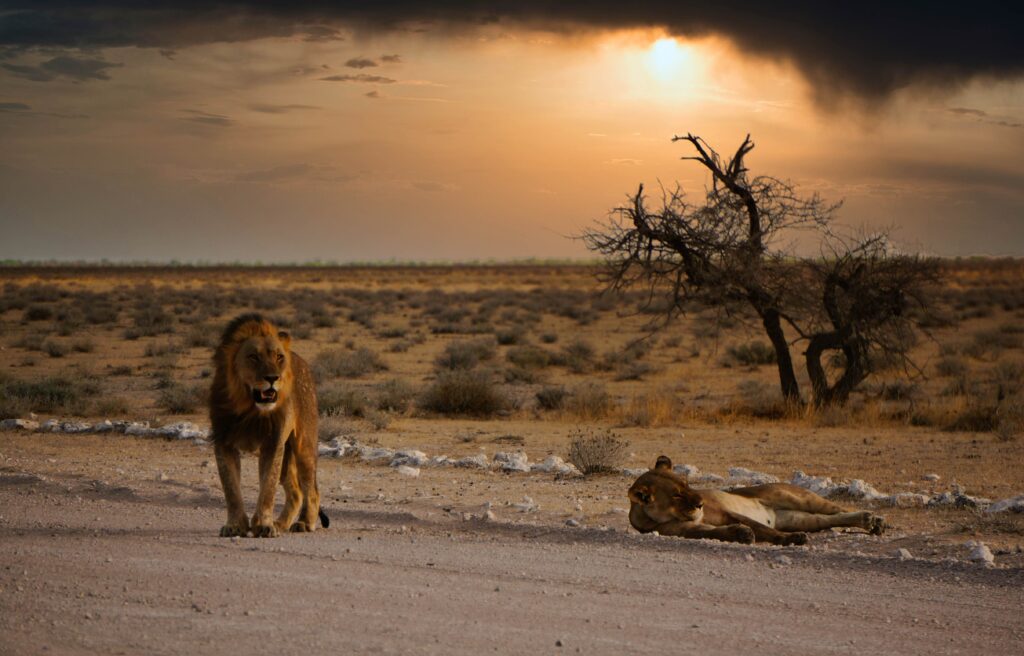
Visitors can explore the capital of Windhoek and discover the lovely coastal town of Swakopmund boasting remnants of the country’s German influence, reflected in the architecture, culture, cuisine and the annual Oktoberfest celebrations. To properly appreciate this extraordinary country, you will have to venture out of the cities to explore the remarkable natural landscapes Namibia has to offer. These include: the impressive Fish River Canyon, the vast Etosha National Park teeming with abundant wildlife, such as Lions, desert-adapted Elephants and the Hartmann’s Mountain Zebra, the hauntingly beautiful Kalahari Desert, and of course, the Namib Desert stretching for over 2000 km along the magnificent Atlantic Coast.
The country is world famous for the highest dunes in the world at Sossusvlei. Namibia also has the largest population of Cheetah in Southern Africa that is not contained within National Parks. Namibia’s most popular attractions are: Kolmanskop, Twyfelfontein, The Skeleton Coast, The Caprivi Strip (where Namibia borders with Botswana, Zambia and Angola), The Spitzkoppe, Swakopmund (biggest coastal town), Cape Cross, Sossusvlei, Fish River Canyon and Etosha National Park.
Namibia is an ideal destination for travellers seeking an unforgettable African experience in a uniquely beautiful untamed wilderness.
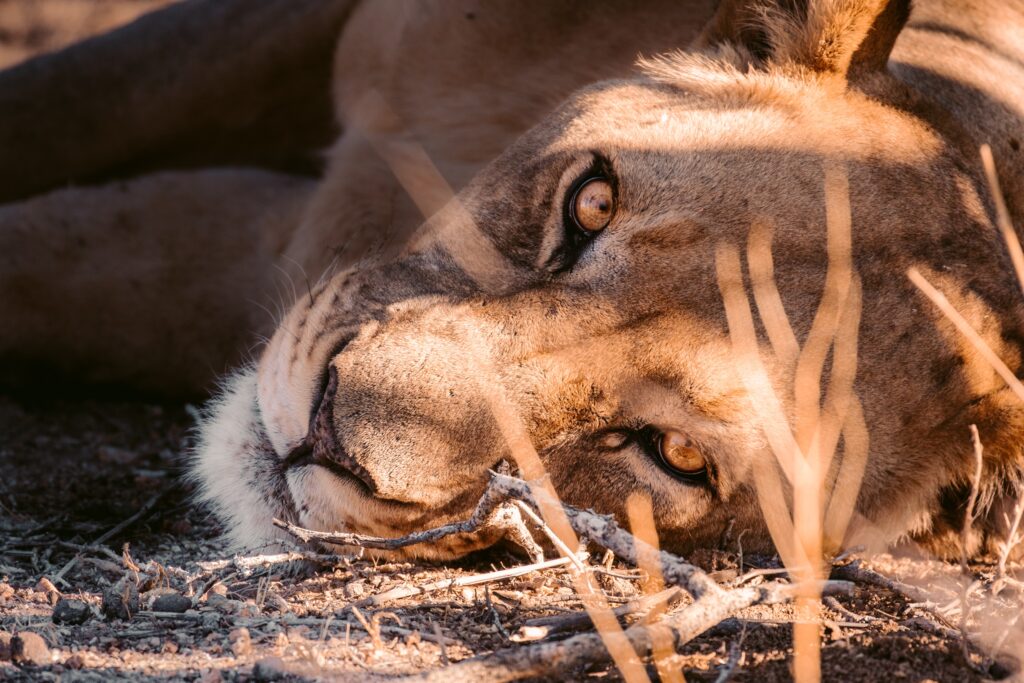
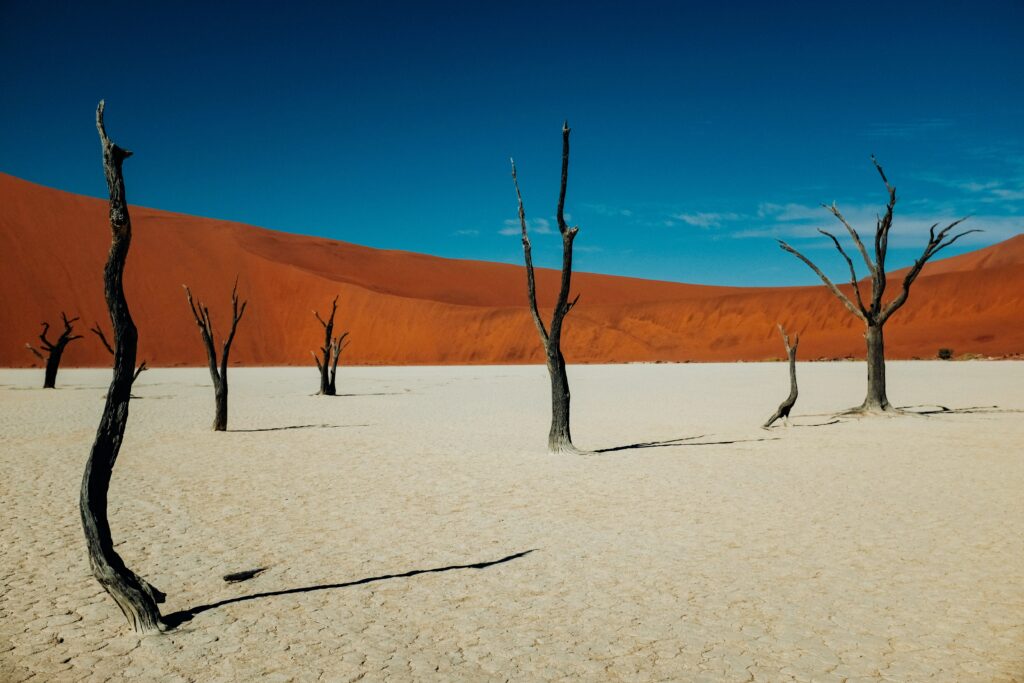
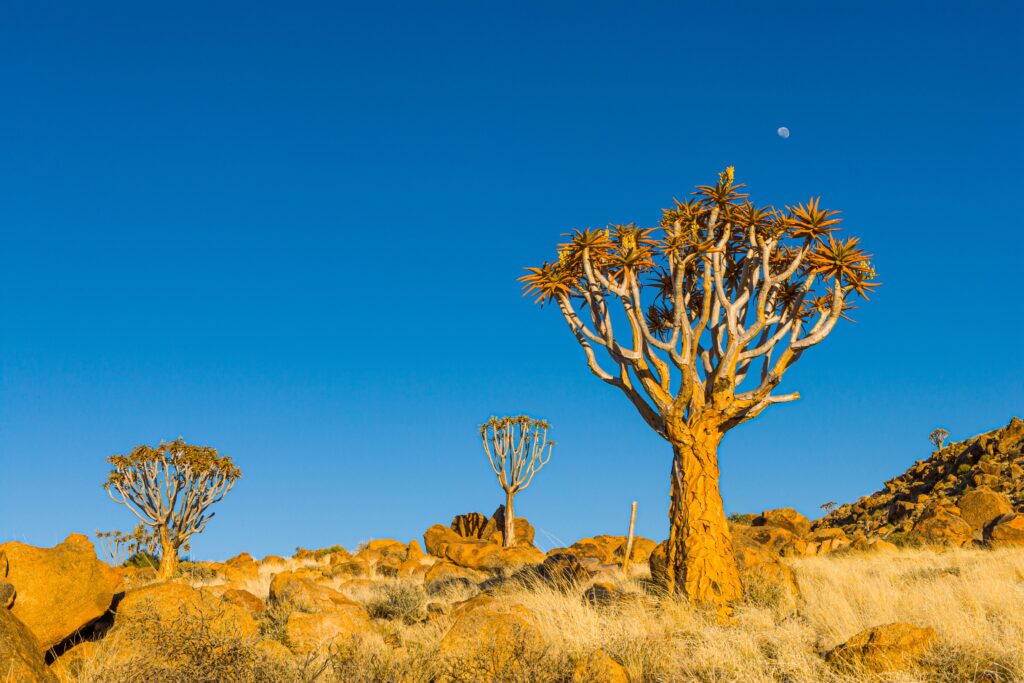
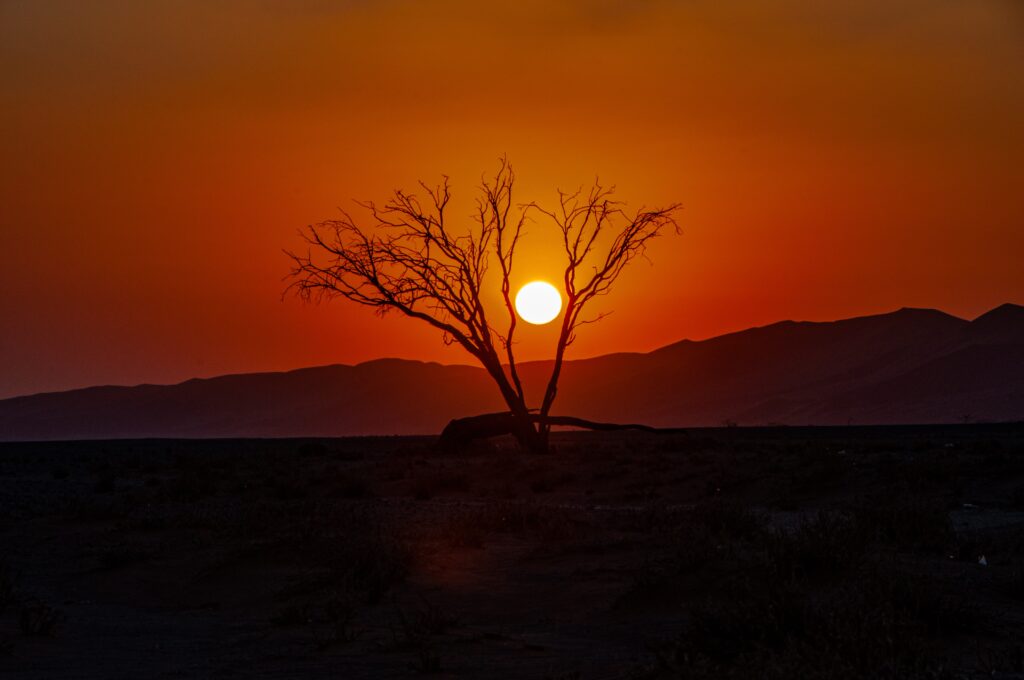
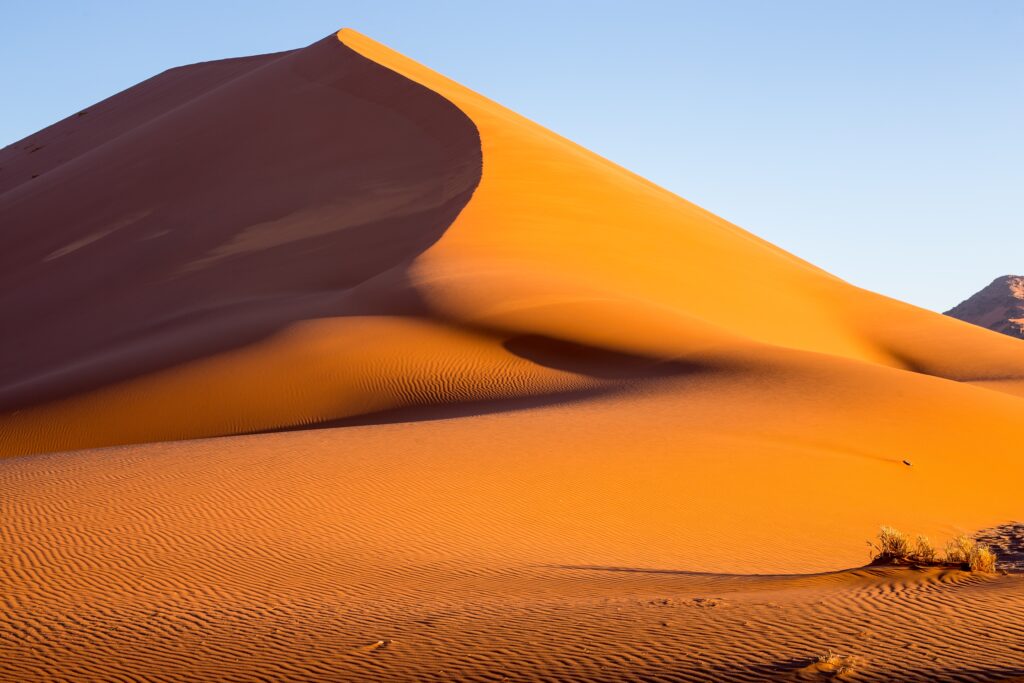

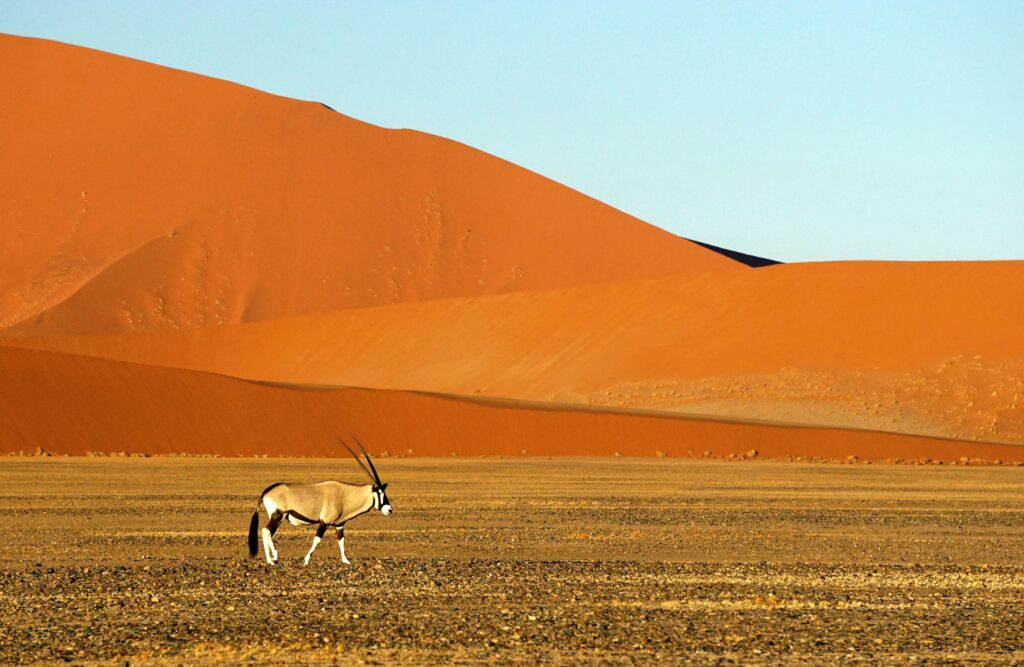
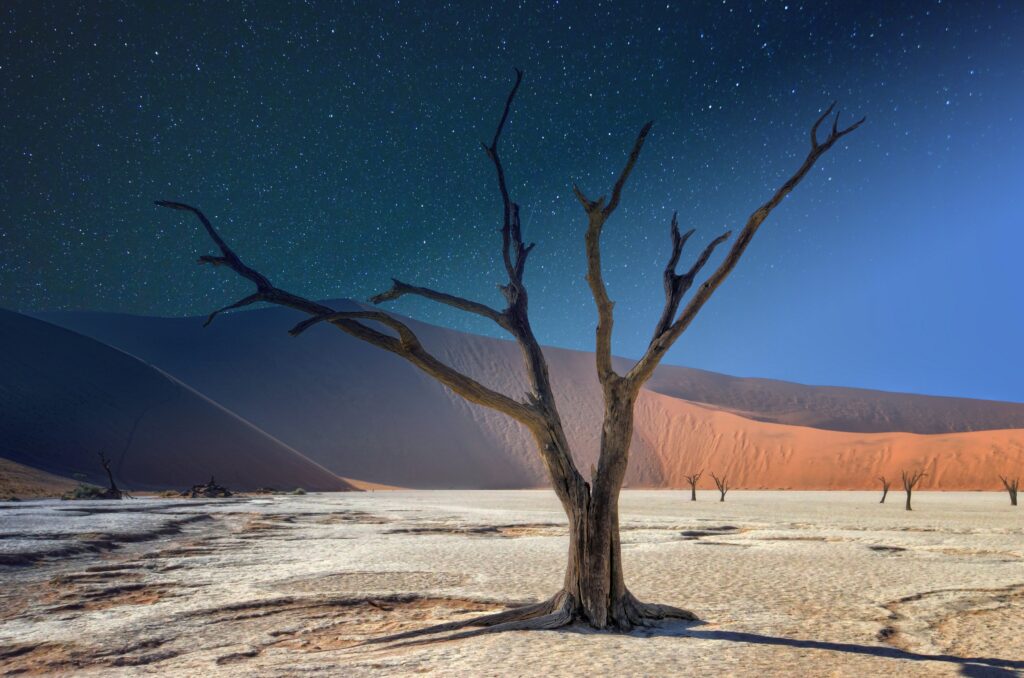
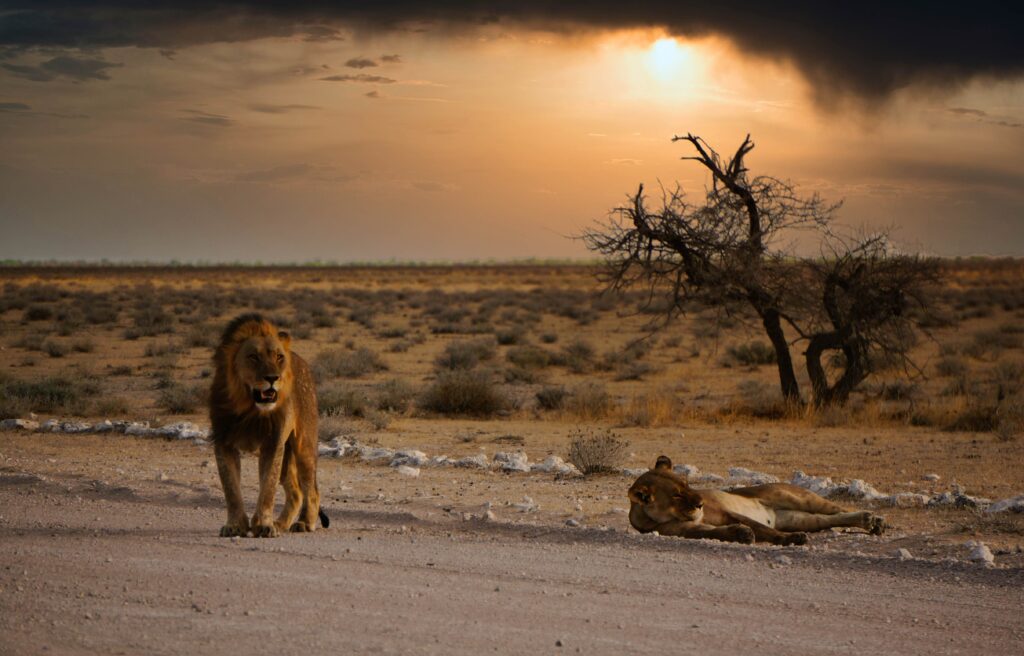

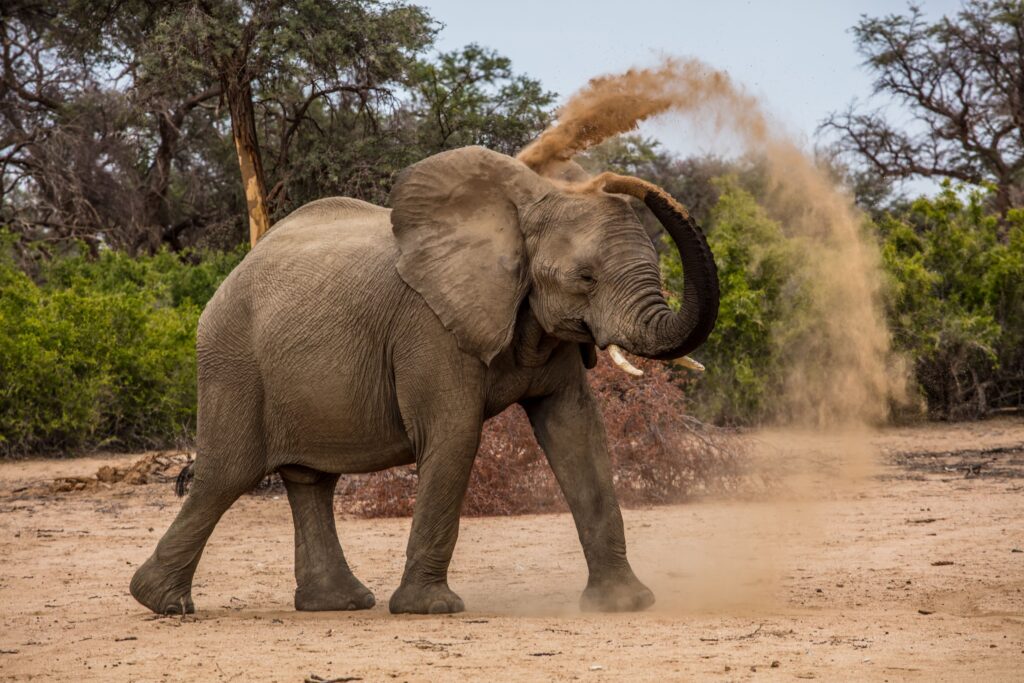
Climate
May to October – Dry season: There is little to no rainfall during the entire winter and humidity is low. Wildlife will gather around waterholes and rivers when other water sources dry up. This is the best time to visit the Etosha National Park as animals are easier to spot. There are no clouds, it’s sunny and there is virtually no rain. Even though most tourists visit during the dry season, the parks still don’t feel crowded, except for Etosha. It gets cold at night and in the mornings – it’s advisable to pack warm winter clothing during June, July and August for the cold morning game drives
November to April – Wet season: After the rains, the scenery is greener and the rates are lower, because it’s low season. This is the time of the year you can see new-born animals – migratory birds are present, and birding is at its best. Rains are mostly short showers in the afternoon and rarely have a negative impact on your trip. It gets very hot from October to February. It’s more difficult to spot animals during this season – this is especially true for Etosha National Park.
Climate
May to October – Dry season: There is little to no rainfall during the entire winter and humidity is low. Wildlife will gather around waterholes and rivers when other water sources dry up. This is the best time to visit the Etosha National Park as animals are easier to spot. There are no clouds, it’s sunny and there is virtually no rain. Even though most tourists visit during the dry season, the parks still don’t feel crowded, except for Etosha. It gets cold at night and in the mornings – it’s advisable to pack warm winter clothing during June, July and August for the cold morning game drives
November to April – Wet season: After the rains, the scenery is greener and the rates are lower, because it’s low season. This is the time of the year you can see new-born animals – migratory birds are present, and birding is at its best. Rains are mostly short showers in the afternoon and rarely have a negative impact on your trip. It gets very hot from October to February. It’s more difficult to spot animals during this season – this is especially true for Etosha National Park.
